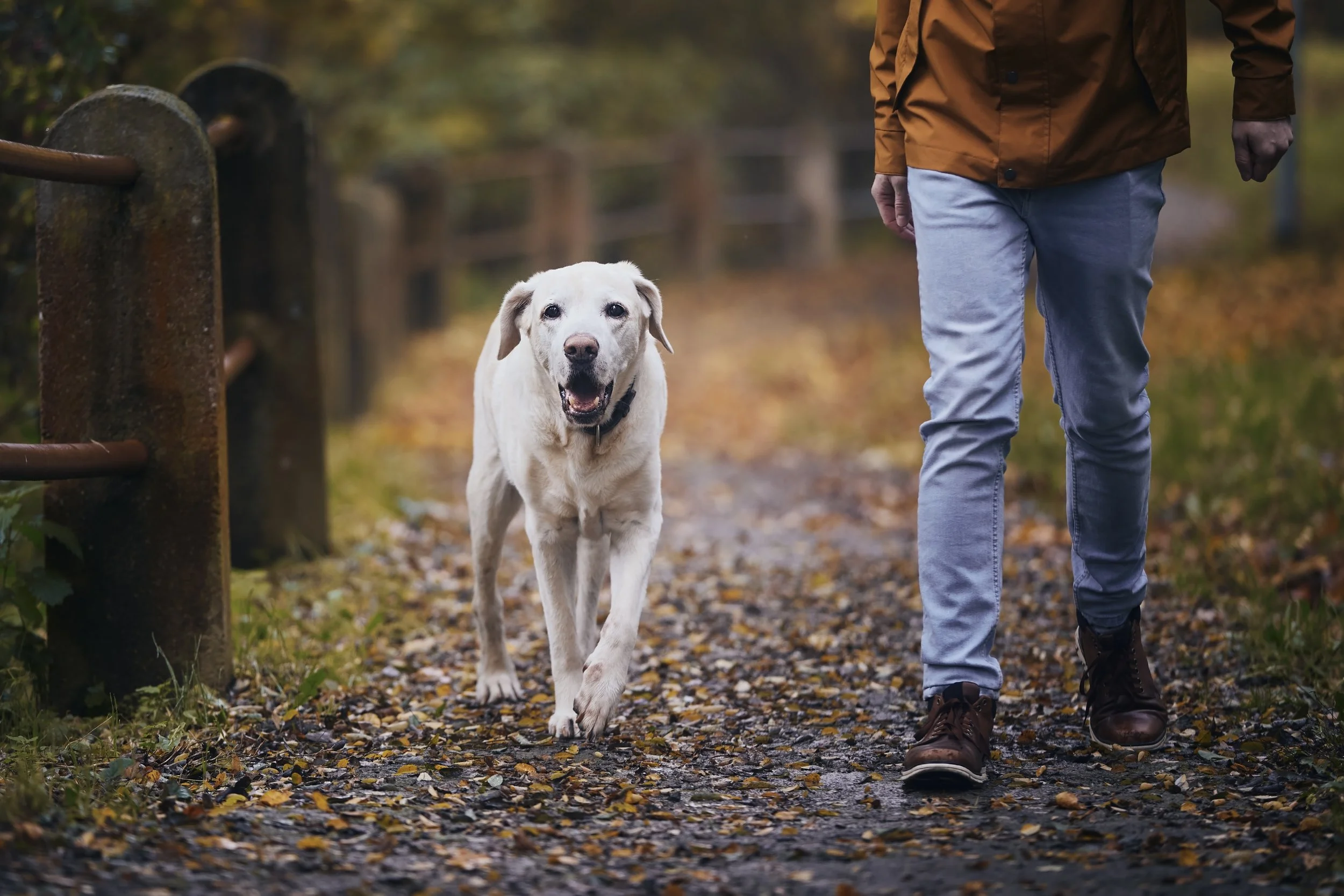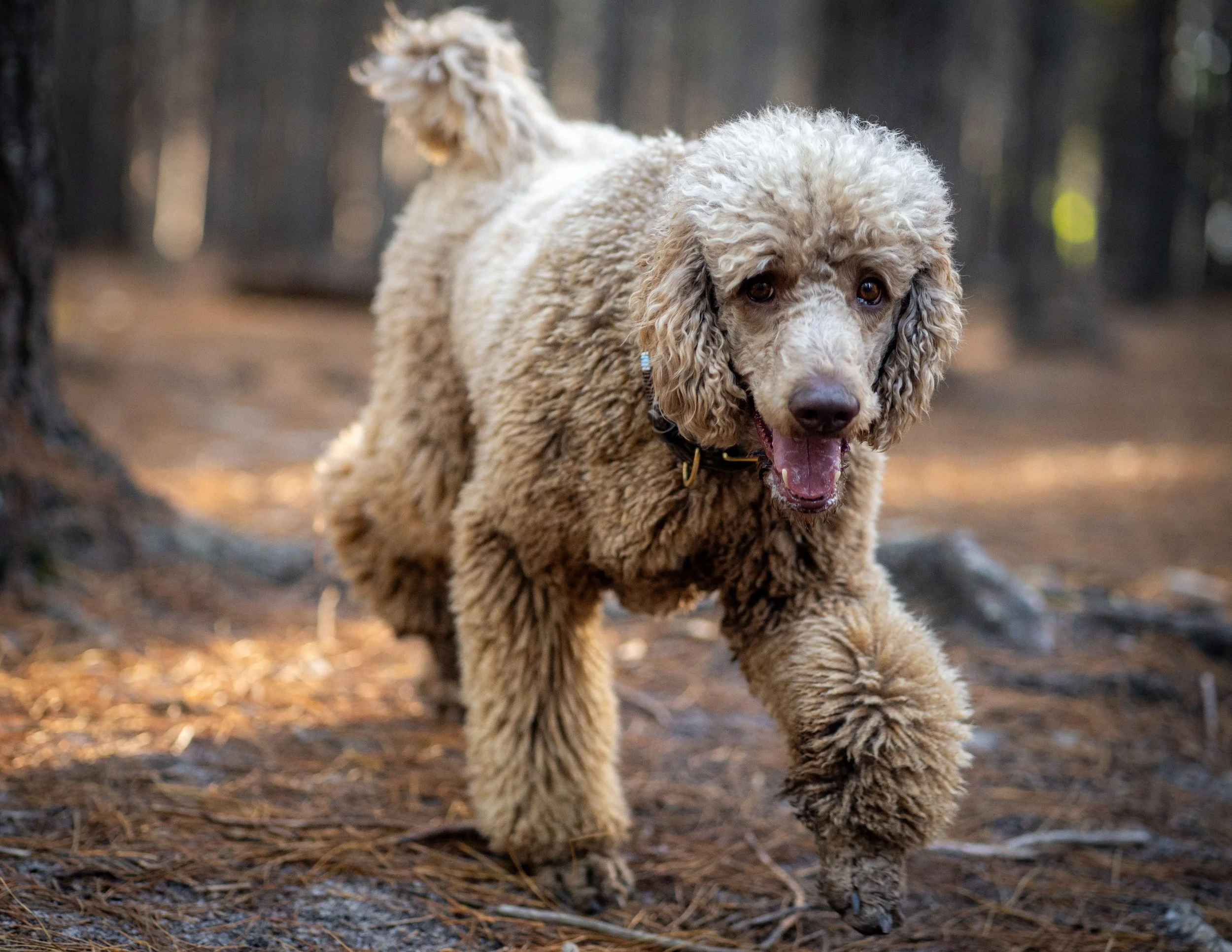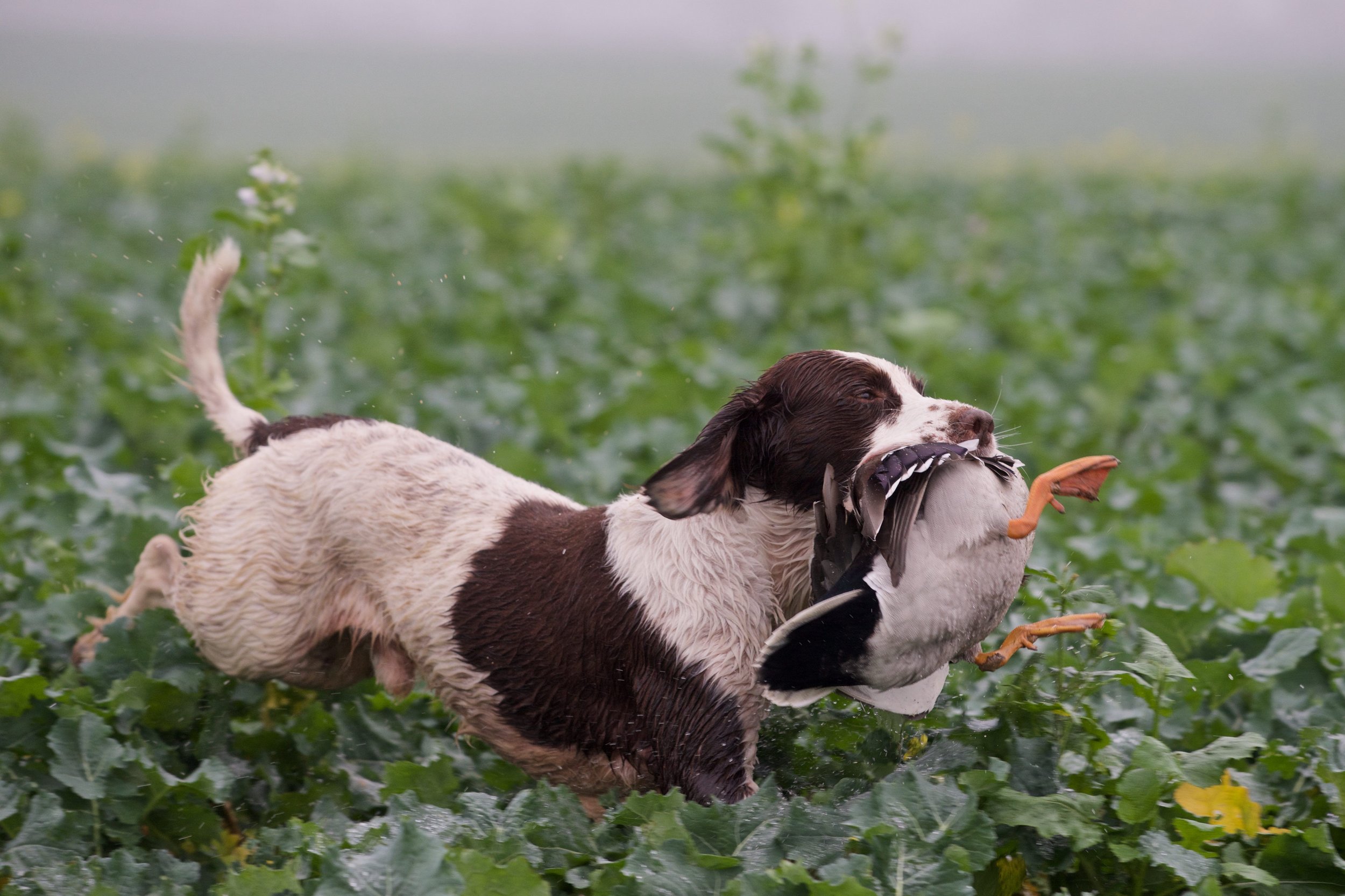7 Must-Know Commands for Every Hunting Dog
Training a hunting dog is more than just teaching basic obedience; it’s about forging a strong bond, ensuring safety, and enhancing efficiency during hunts. Knowing the right dog commands can significantly impact your hunting success, helping your dog respond promptly and accurately in various scenarios.
In this article, we’ll cover the 7 must-know commands for every hunting dog. These essential commands will not only elevate your hunting trips but also improve your dog's overall behavior and responsiveness. Let’s delve into the importance of training your hunting dog and the specific commands every dog should know to boost your hunting adventures.
The Importance of Training Your Hunting Dog
Effective training is crucial for a successful and safe hunting experience. Commands play a vital role in guiding your dog during hunts, ensuring they perform optimally in the field. Each command serves a distinct purpose, helping your dog navigate the various situations that may arise during a hunt.
For instance, commands like 'sit' and 'stay' are essential for keeping your dog calm and controlled while awaiting your signal. This is particularly important in environments with numerous distractions, such as rustling leaves or nearby wildlife. Mastering these basic commands for a dog ensures they stay focused, leading to more successful hunts.
Commands like 'fetch' and 'come' are crucial for efficient game retrieval. A well-trained dog that understands these commands can quickly locate and return the prey, saving you time and effort. In the heat of the moment, a dog that responds promptly to commands can make the difference between a successful hunt and a missed opportunity.
Investing time in training your hunting dog with these essential commands using positive rewards not only strengthens your bond but also enhances your hunting experience. With the right training, your dog becomes an invaluable companion in the field, helping you enjoy the sport to its fullest.
The 7 Essential Commands Every Hunting Dog Should Master
Having a well-trained dog is crucial for hunting success. Mastering key commands not only improves your hunting experience but also ensures your dog's safety and efficiency in the field. Here are the seven must-know commands every hunting dog should master:
1. Sit: This basic command is essential for maintaining control in various situations. Teaching your dog to sit on command helps keep them calm and focused, especially when awaiting instructions during a hunt.
2. Stay: The stay command ensures your dog remains in one place until you give them the signal to move. This is particularly useful when you need them to hold their position while you prepare for the next step of your hunt.
3. Come: A reliable recall is crucial for any hunting dog. Teaching your dog to come when called will keep them safe and prevent them from wandering off during a hunt.
4. Fetch: This command is vital for retrieving game. A well-trained dog should understand how to fetch and return items, making them an invaluable partner in the field.
5. Heel: Teaching your dog to heel allows you to maintain control while walking or moving through different terrains, ensuring they stay close by and focused on the task at hand.
6. No: A strong ‘no’ command can prevent your dog from engaging in unwanted behaviors, such as chasing after wildlife or straying too far from your side.
7. Leave it: This command teaches your dog to ignore distractions, whether it’s game or other animals. It’s essential for keeping your dog focused and safe during hunts.
Training your hunting dog with these commands will create a strong bond and enhance their performance in the field. For more tips and resources on training, keep exploring reliable sources and practice regularly.
Tips for Effective Command Training
Training your hunting dog to respond to commands effectively requires a blend of patience, consistency, and positive reinforcement. Start by using treats or praise to reward your dog when they successfully follow a command. This positive reinforcement not only encourages good behavior but also strengthens the bond between you and your dog, making them more eager to learn. The more enjoyable the training sessions, the more your dog will want to participate.
Consistency is key when establishing a training routine. Set aside dedicated time each day to practice commands, ensuring your dog learns to associate specific words with actions. Incorporate short, focused training sessions lasting around 5 to 10 minutes, as this keeps your dog engaged without overwhelming them. Regular practice will help solidify their understanding and responsiveness to the commands you are teaching.
Avoid common training mistakes that can hinder your dog's progress. One common pitfall is changing commands mid-training; stick to the same word for each command to avoid confusion. Additionally, ensure all trainers use the same commands and methods during training to maintain consistency.
Lastly, be patient and avoid punishment; training should be a positive experience, and harsh corrections can lead to fear or anxiety, making your dog less likely to respond to commands in the future.





















